INTRODUCTION
Biliary tract cancer is mainly divided into extrahepatic and intrahepatic cholangiocarcinoma (ICC). Although rare, ICC is one of the most common primary hepatic malignancies next to hepatocellular carcinoma (HCC) [
1]. ICCs are considered to be liver tumors based on the international classification of the disease since they originate within the bile duct inside the liver [
1]. Multiple risk factors have been linked to ICCs, such as inflammatory bowel disease, congenital abnormalities of the bile ducts,
Fasciola hepatica (liver fluke) infection, and history of primary sclerosing cholangitis (PSC) [
2]. Additional risk factors include smoking, liver cirrhosis, obesity, and hepatitis C virus infection [
3]. Symptoms of biliary obstruction include jaundice, pruritus, clay-colored stools, and dark urine. Other common symptoms include abdominal pain, weight loss, and fever [
4]. Accurate rates of ICC incidence in the United States are attributed to misclassification and inclusion of other tumors as ICCs, for example, Klatskin tumors resulting in improper reporting and trends [
5]. Twenty percent of hepatic tumors can be wrongly diagnosed as HCC rather than ICC [
1,
6].
The location of ICC is in the liver parenchymal bile duct and can be confused with distal extrahepatic or perihilar tumors leading to inaccurate incidence and survival analysis. Previous studies describe surgical resection as the best modality for improved survival in ICCs [
7]. Based on the Surveillance, Epidemiology, and End Results (SEER) registry, we examined the incidence, risk ratios, and survival, focusing on patient demographics and factors affecting the survival. The study utilized SEER registry 18 (2000–2017). We intend to extend the knowledge about ICCs by analyzing factors that improve survival in these patients [
8].
Go to :

DISCUSSION
Race has been used to report disease heterogeneity in terms of African Americans (Blacks) versus Caucasians (Whites). Studies have explored trends in incidence of intrahepatic and extrahepatic cholangiocarcinoma using the SEER database [
13]. More recently, racial disparities in carcinoma have been reported [
14]. Our results report the latest incidence and survival across a comprehensive age continuum for the first time. They suggest periods of increased mortality and incident risk of ICCs in the USA. This is also the first study, to our knowledge, examining risk interactions by age, sex, race, and therapeutic interventions. Analysis of ICCs by age revealed that advanced age (70 years and above) was associated with increased incidence and poor survival. Females and males differed slightly in terms of median survival. Previous reports suggest that the incidence of ICC was 1–2 per 100,000 individuals. Our recent analysis is consistent with this report with an incidence ranging between 1 and 0.8 per 100,000 for male and female, respectively [
15]. This incidence is reportedly higher in the Asian population, up to 10 per 100,000 persons [
15].
Risk factors for ICC are widespread and overlap with those of HCC. Diseases that accelerate hepatic fibrosis and cause inflammation of hepatic tissues increase the odds of ICC [
16]. These include diseases such as primary sclerosing cholangitis and primary biliary cirrhosis. Other acquired disorders that cause hepatic inflammation include hepatitis B and C infections, alcoholic liver disease, tobacco use, and congenital bile duct abnormalities [
16]. Additionally, parasites including
Clonorchis sinensis and
Opisthorchis viverrini associated with hepatic anatomy lead to inflammation and contribute to ICC etiology. These parasites are more prevalent in the eastern hemisphere (Asia) than in the United States and account for the ten-fold increased incidence in the population [
17]. The incidence rate has been the highest in the last decade after 2011, which could be attributed to increased hepatitis infection secondary to opioid and heroin epidemics that have gripped communities across the United States [
18]. Further, the rising incidence could be attributed to increasing rates of liver cirrhosis, non-alcoholic fatty liver disease, and obesity in the United States, which are established risk factors for ICC [
18].
Our analysis shows that females carry a reduced risk of ICC compared with males after adjusting for age and race (
p < 0.03), which could be due to a higher incidence of disorders that cause hepatic inflammation like hepatitis C, liver cirrhosis, and PSC in males compared with females [
19]. Another SEER database analysis of cases up to 2003 reported an increased incidence of ICC in patients younger than 50 years of age. Our recent analysis indicated that the ICC incidence rate was the highest in the age group of 70 plus years despite the higher APC in the 60–69-year group (
p < 0.05). The increased APC in the younger population could be related to acquired factors such as exercise, obesity, alcohol abuse, and smoking [
20]. Obesity leading to hepatic inflammation-causing non-alcoholic fatty liver disease may like contribute to the rise in incidence. Data associating the risk of ICC with lifestyle factors including physical activity and processed foods will be explored in the future [
21].
We also conducted a survival analysis based on various variables, including age, year of diagnosis, American Joint Committee on Cancer (AJCC) 6th edition T stages, and therapeutic intervention. The five-year survival of ICC was only 8.1%, which may be explained by the increased rate in the older population (75% of cases were above age 60 years). Younger patients aged less than 60 years had a better median survival time of 9 months than those above 70 years (6 months) in our analysis. Males had similar median survival compared with females (8 months), and females had a slightly better 5-year survival (HRadj: 0.91, 95% CI 0.87–0.94; p < 0.01).
This study is consistent with previous findings of poor survival in males compared with females in the population during 1990–2003 [
21]. Moreover, the survival time was less in Blacks than in Whites, with up to 13% higher risk of death in survival analysis as reported previously [
21]; however, a reasonable explanation is still unavailable to explain this racial disparity. Factors such as insurance and socioeconomic status, in addition to a willingness to undergo surgery, may play a role [
22].
Our analysis based on disease staging primarily was based on the sixth edition of the AJCC Cancer Staging Manual. Inadequate number of cases with T0 stage during the analysis and the higher T stages had a significantly poor outcome, with mortality up to twice higher than in T1 disease. Five-year survival was best in T1 disease, followed by T2 and T3. Survival of unstaged disease (TX) was also poor, presumably because of the presence of advanced disease. Treatment-based survival was compared between patients who did not undergo surgery compared with surgical intervention with or without adjuvant chemoradiotherapy. Survival outcomes based on surgical interventions have not been reported previously [
21]. Surgery alone was associated with improved survival, with the risk of death 72.1% lower than in nonsurgical interventions. Surgery combined with either chemoradiotherapy (75.3%), radiotherapy (64.2%), or chemotherapy (73.1%) was also associated with a lower risk of death compared with nonsurgical interventions. Surgery is the primary curative treatment for ICC. The surgical intervention significantly improved survival outcomes in patients with ICC. However, it might not be an option for metastatic disease [
4]. Despite surgery, the long-term probability of cure in ICC is only up to 10% [
23]. Surgical resection is effective if negative resection margins are reported, in addition to ensuring adequate liver of size and functionality [
6]. Surgery with curative intent is contraindicated for extrahepatic disease. We also compared survival based on lymph node removal during surgery. However, palliative surgery may still be performed. Compared with surgery without lymph node removal, surgical excision of one to three regional lymph nodes reduced the risk of death by 64.1%, and removal of four or more regional lymph nodes reduced the risk of death by 62.3% (
p < 0.01). Data regarding survival based on lymph node resection for ICC have yet to be reported. Previous studies reported poor 5-year overall survival of 20% after surgical intervention for ICC. Our analysis revealed increased 5-year overall survival to 31.5% (results not shown). Median survival time of patients who underwent surgery was substantially higher than in nonsurgical cases. Another contraindication for surgical intervention in advanced ICC is the invasion of the main and bilateral hepatic arteries. Reconstruction of these vessels is associated with a high risk of postoperative mortality [
24]. Interventions that reduce central venous pressure, restrict fluid resuscitation and enhance recovery decreased the risk of complications [
25]. However, postoperative mortality was not analyzed due to limitations of the SEER database. Further studies are needed to address this limitation.
The strength of our study is the use of the SEER database, which includes an extensive population-based data set. It represents the racial-ethnic makeup of the current US population with maximum representation, as SEER 18 registry includes recent cases and covers almost 30% of the US population. Incidence rates, risk ratios, trends, and five-year survival of multiple patient subgroups can explain factors contributing to the variability of ICC outcomes.
Our study has limitations, especially from an etiological perspective, as the non-Medicare-SEER database lacks individual comorbidities and risk factors, which can influence these trends. Additionally, patients migrating in and out of areas registered in the SEER database and selection bias are as concern. We acknowledge the limitation of cancer registries such as SEER reporting only the month and year, and the number of months of survival in efforts to de-identify patients and ensure their privacy. Therefore, limitations exist regarding inaccurate survival dates and times in SEER data.
In conclusion, our study confirms the continued increase in ICC rates in recent years, particularly in the older population. Surgery remains the treatment modality with a proven increase in 5-year survival. Blacks experience worse mortality than the White population. Lymph node removal during surgery is associated with significantly better outcomes. New information regarding ICCincidence and survival based on race, sex, and age will have a positive impact on resource planning and management of this disease.
Go to :





 PDF
PDF Citation
Citation Print
Print



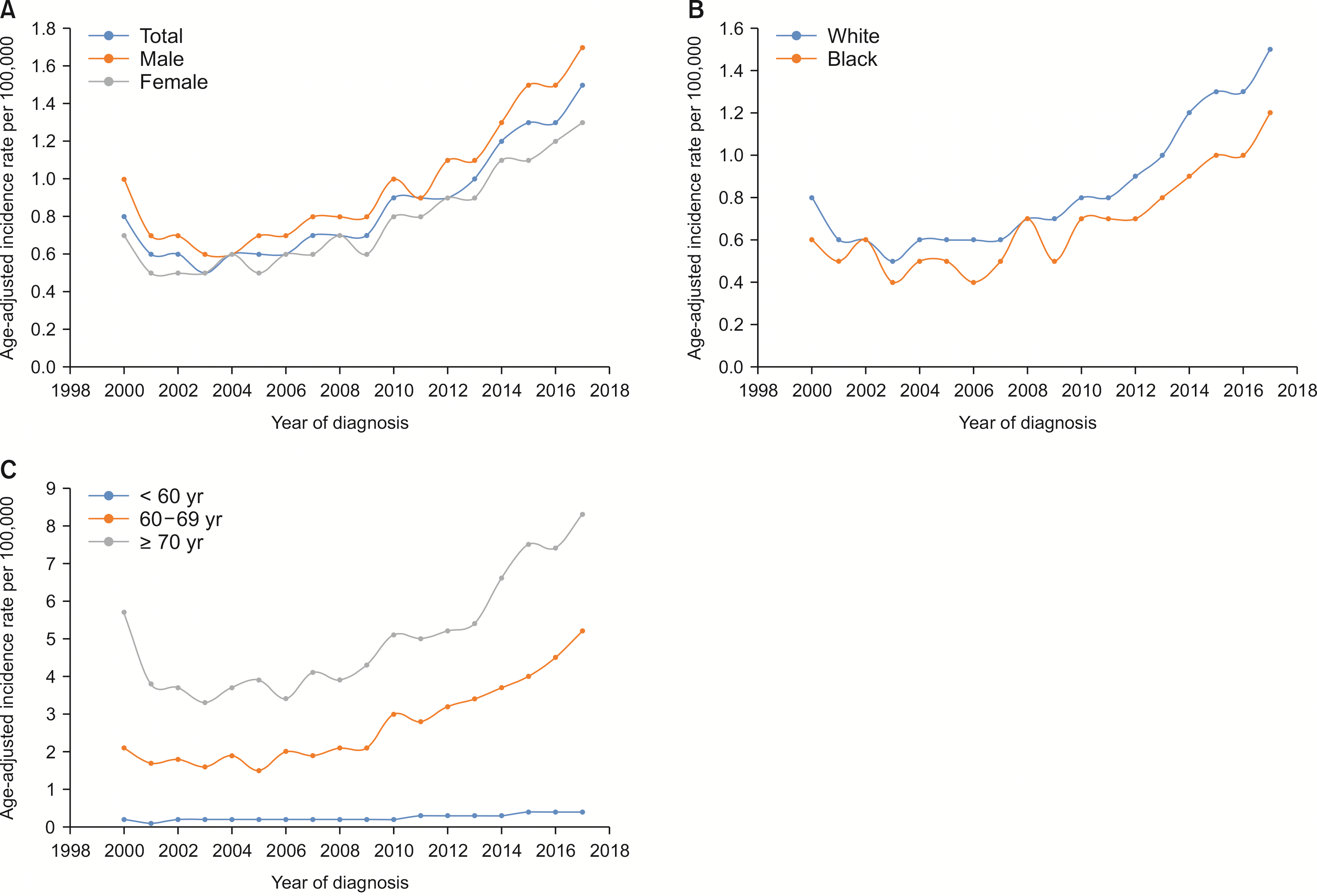
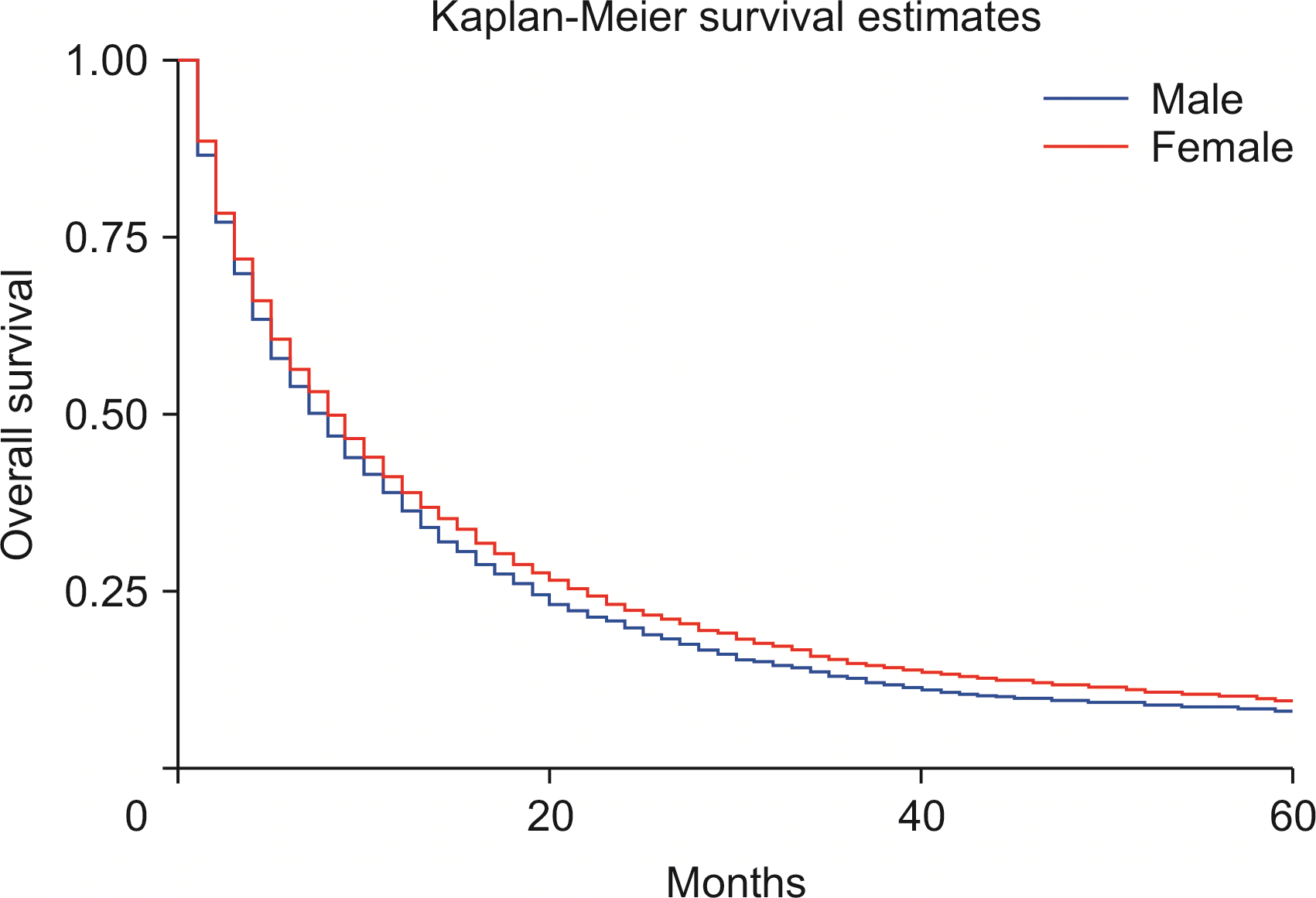
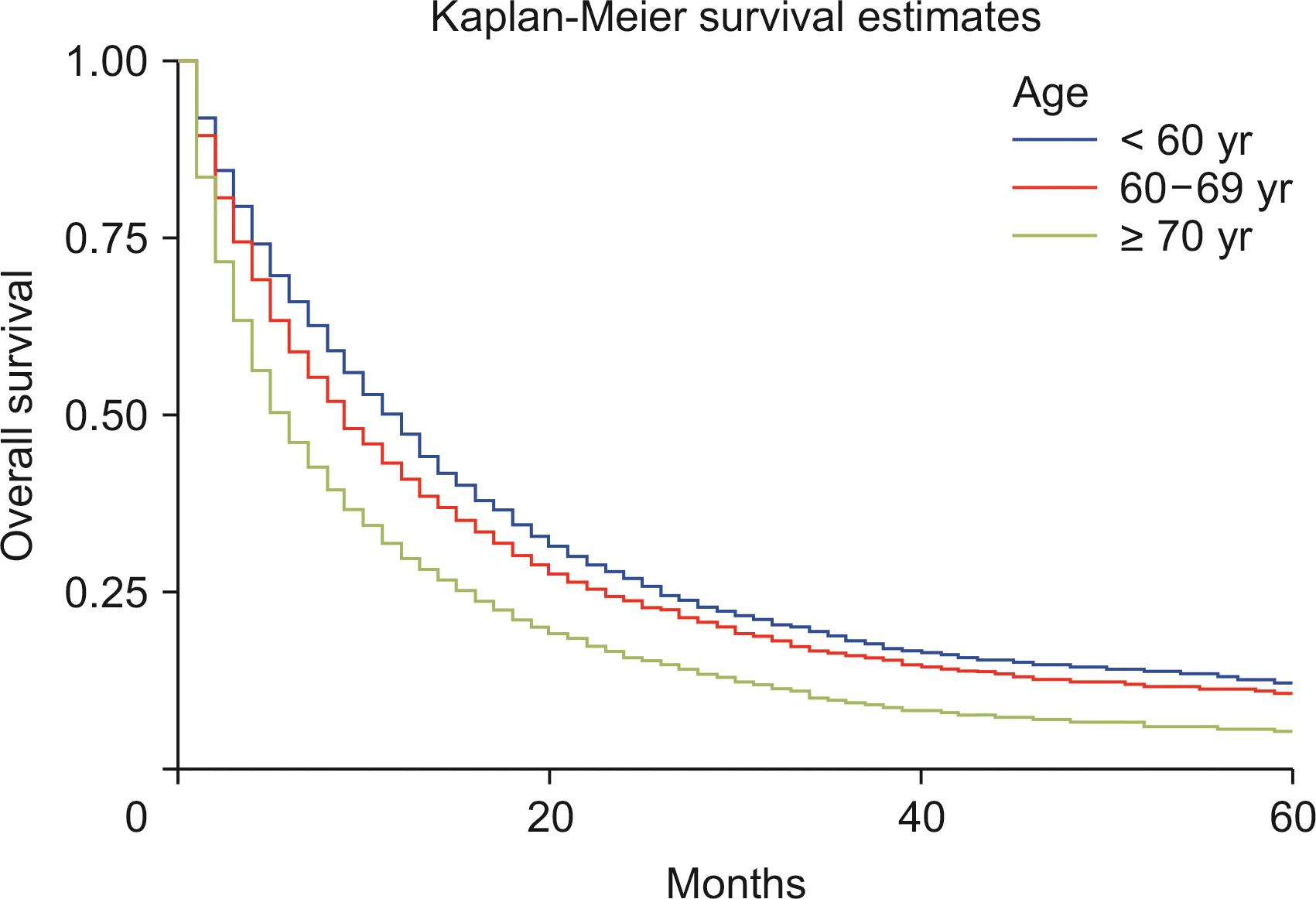
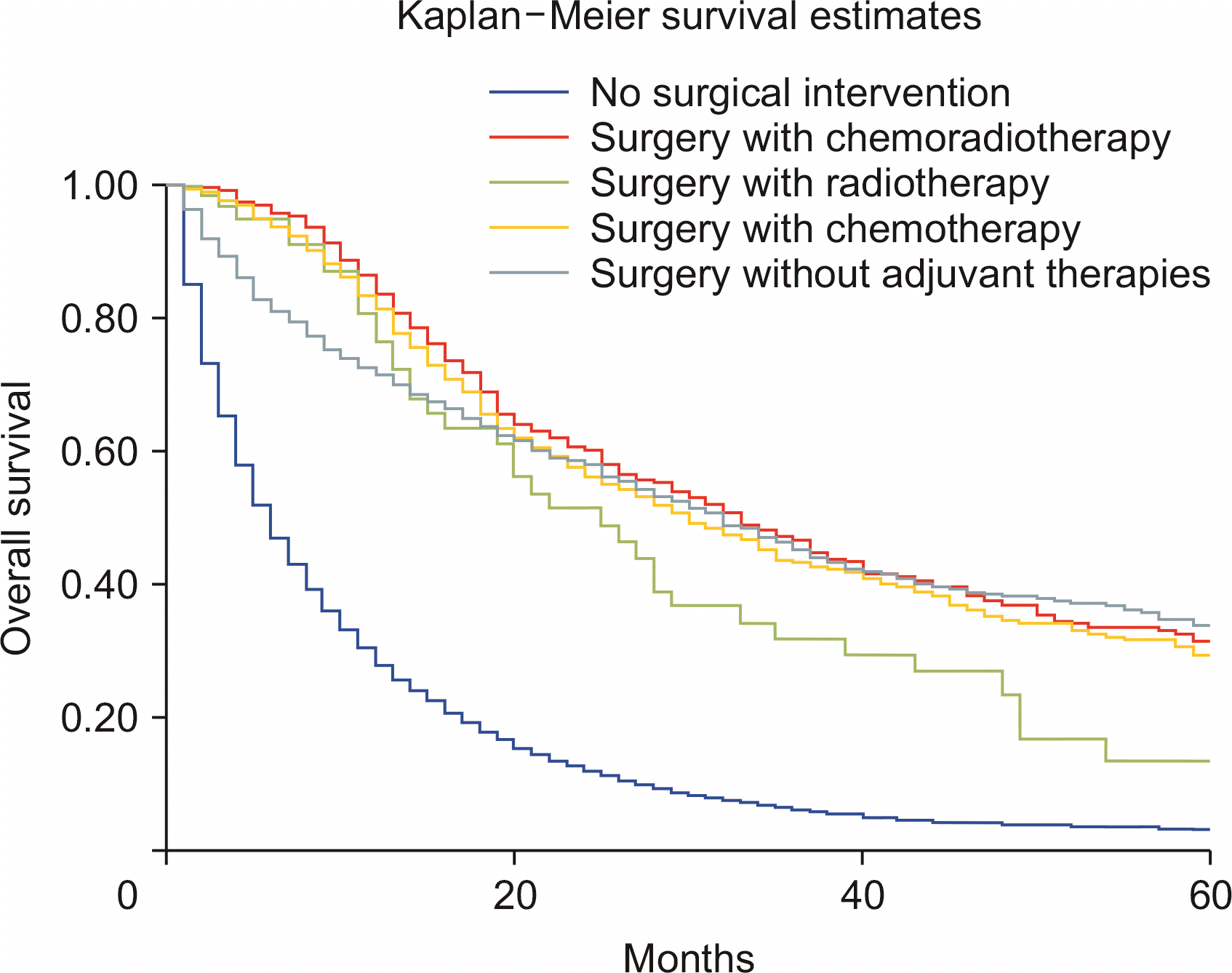


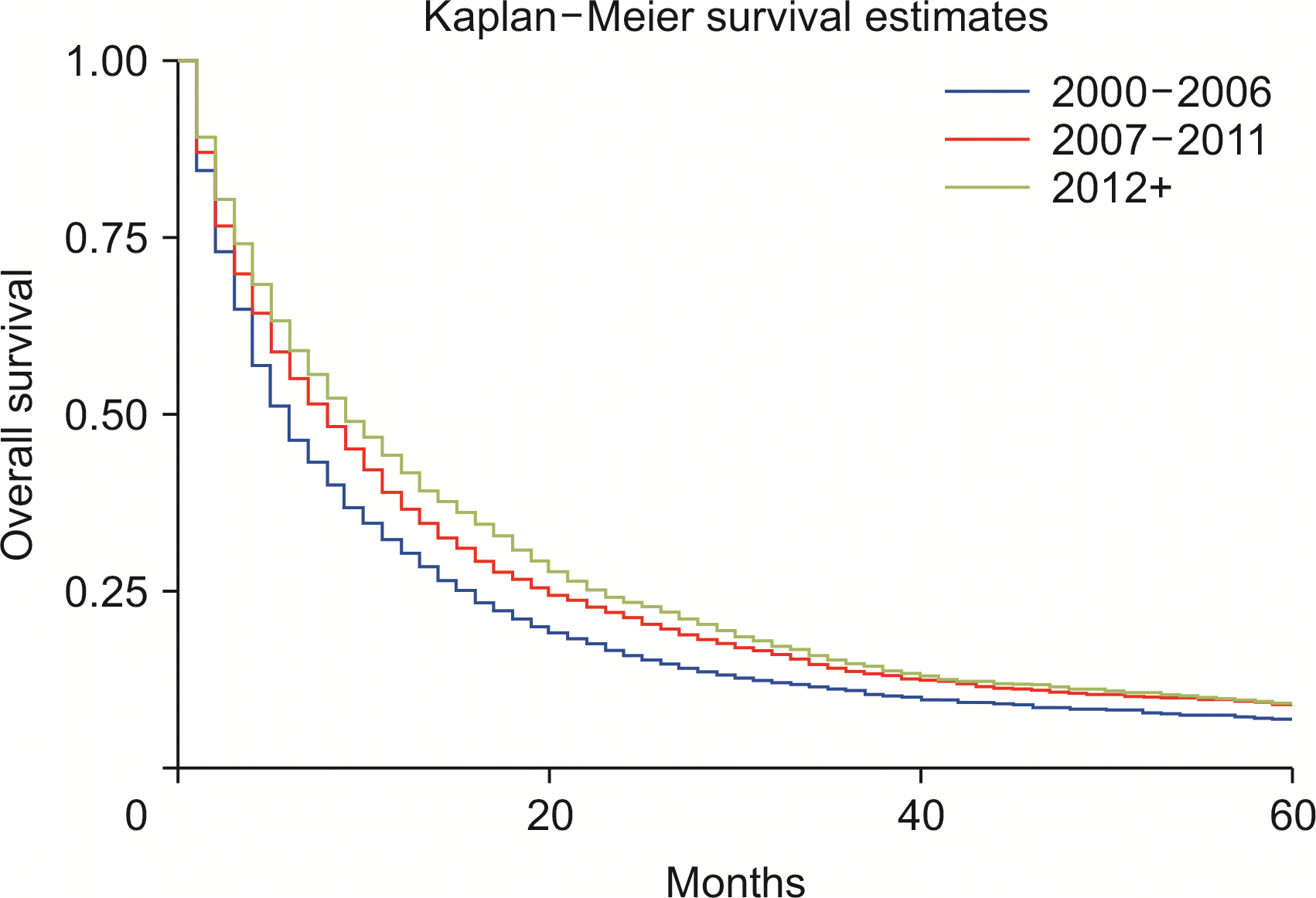

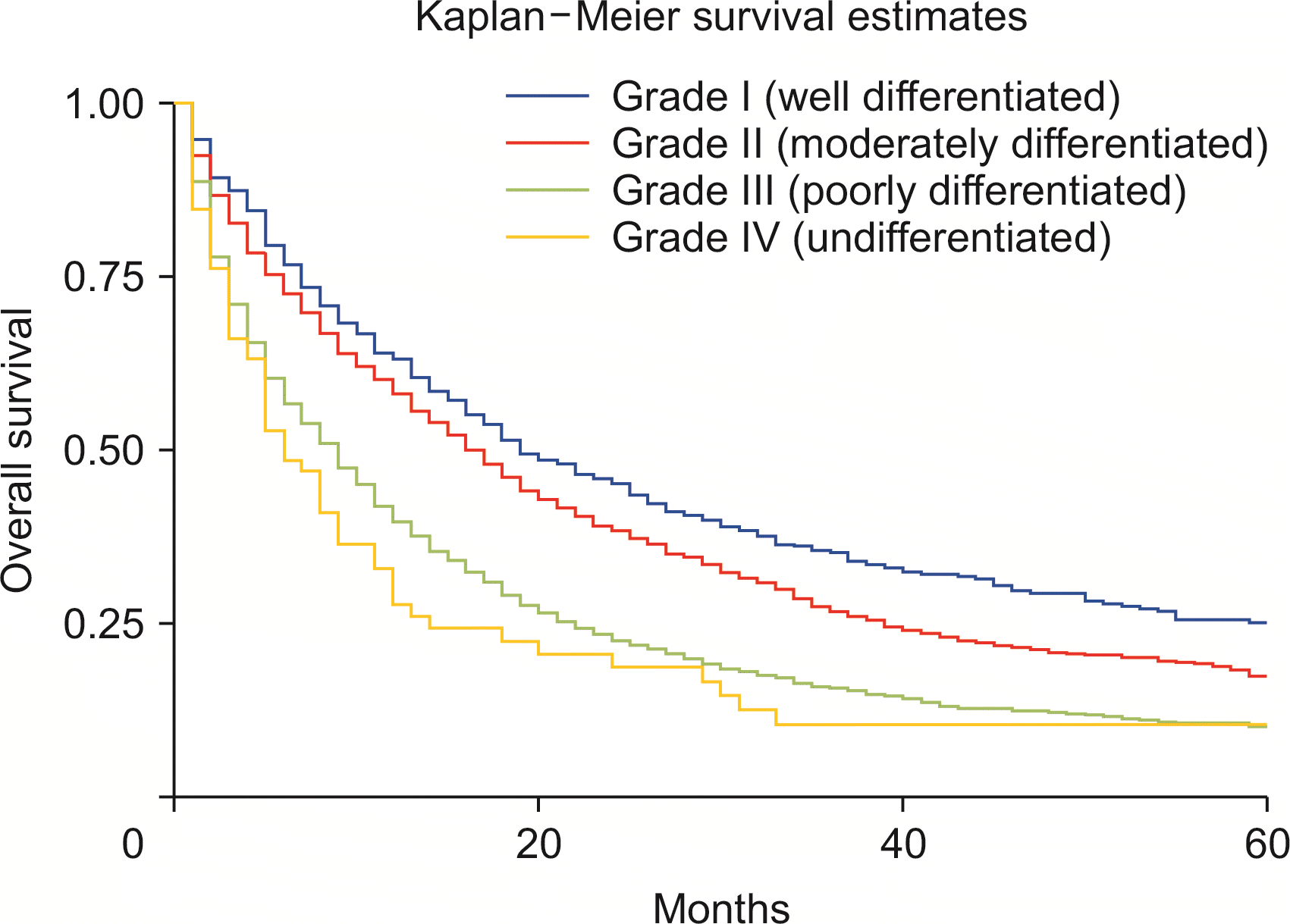
 XML Download
XML Download